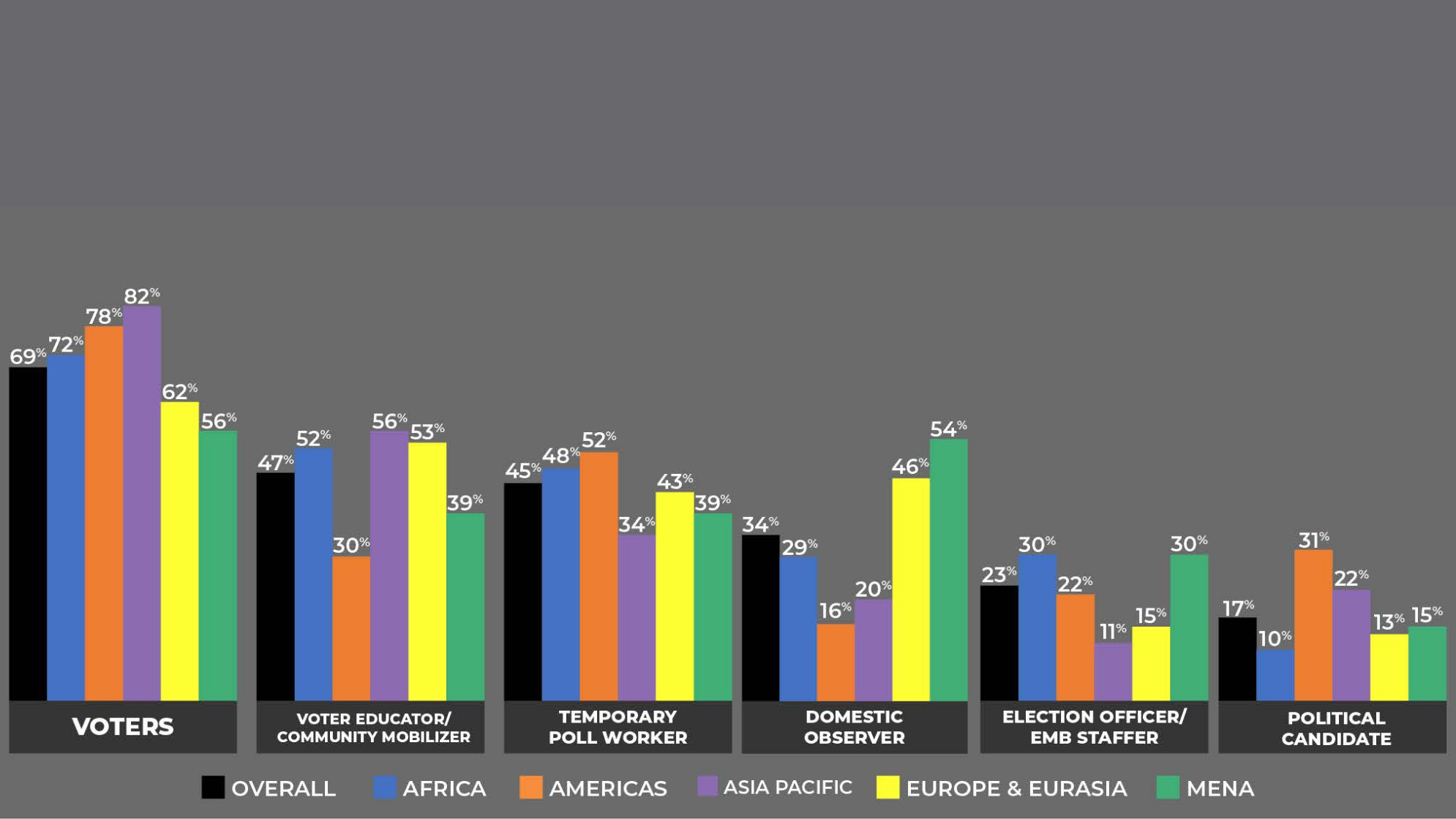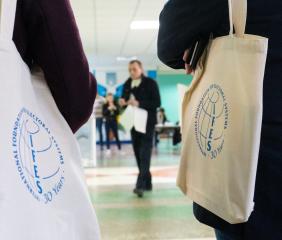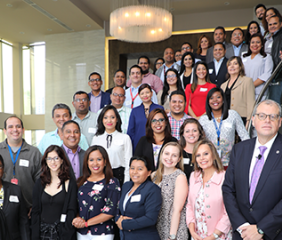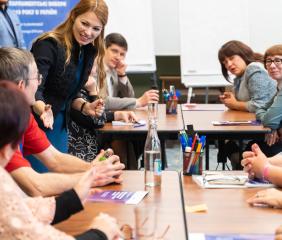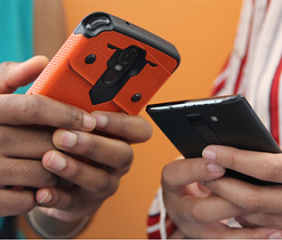In Their Words: A Practical Guide for Engaging Young People in Civic Education
Figures
In this section
Figures 1-11

Note: 2 additional respondents did not identify their country/region
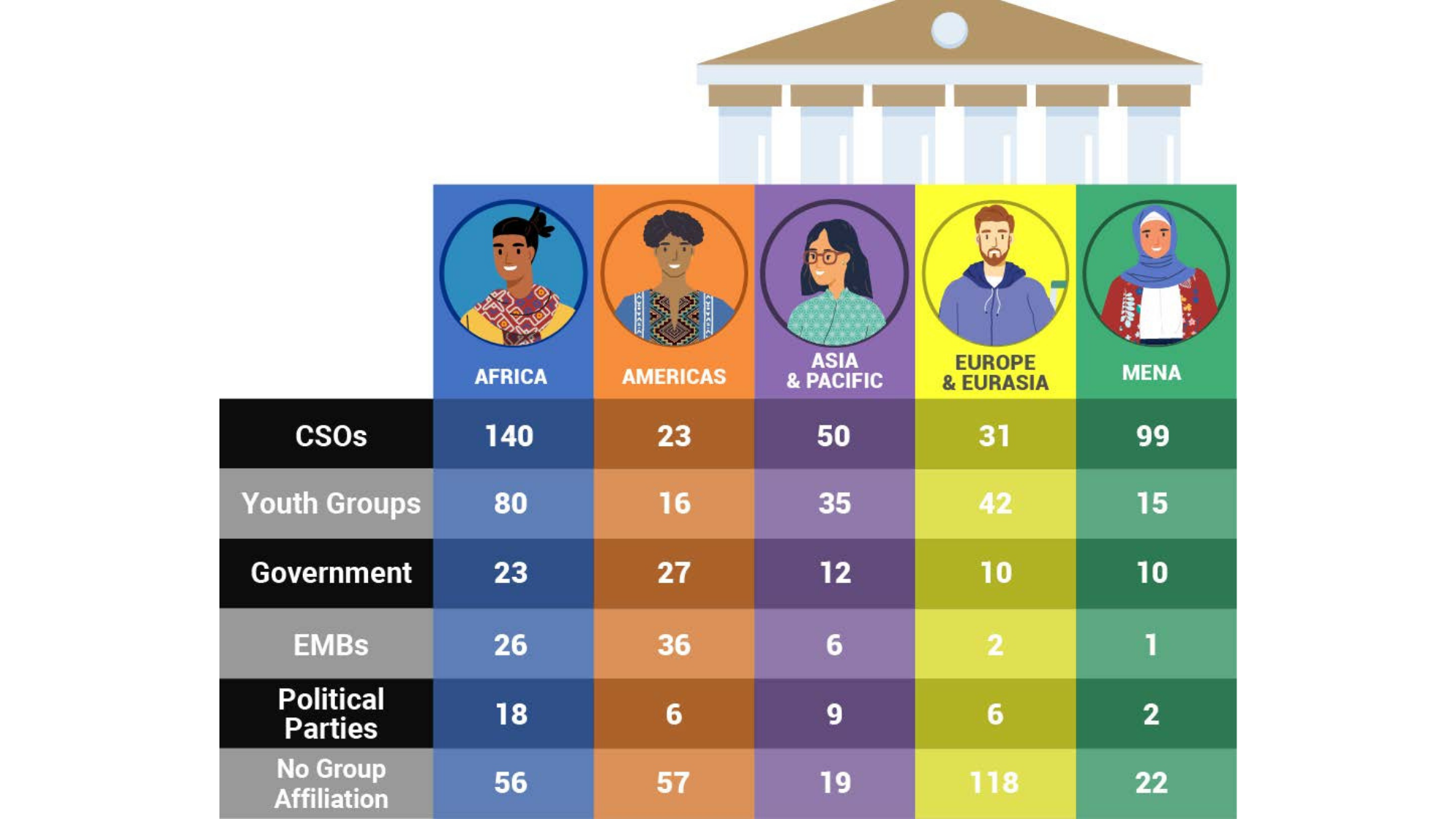



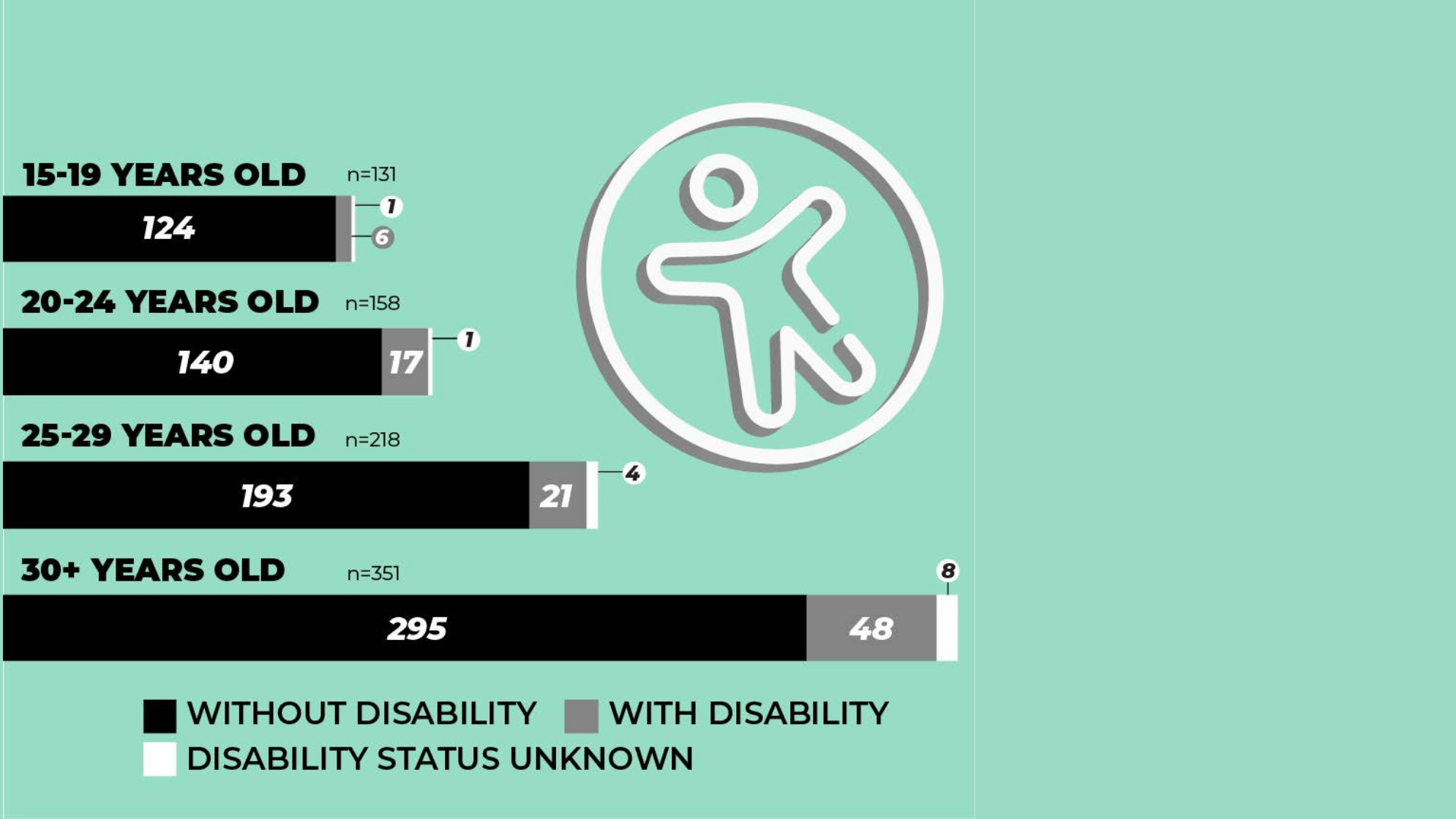
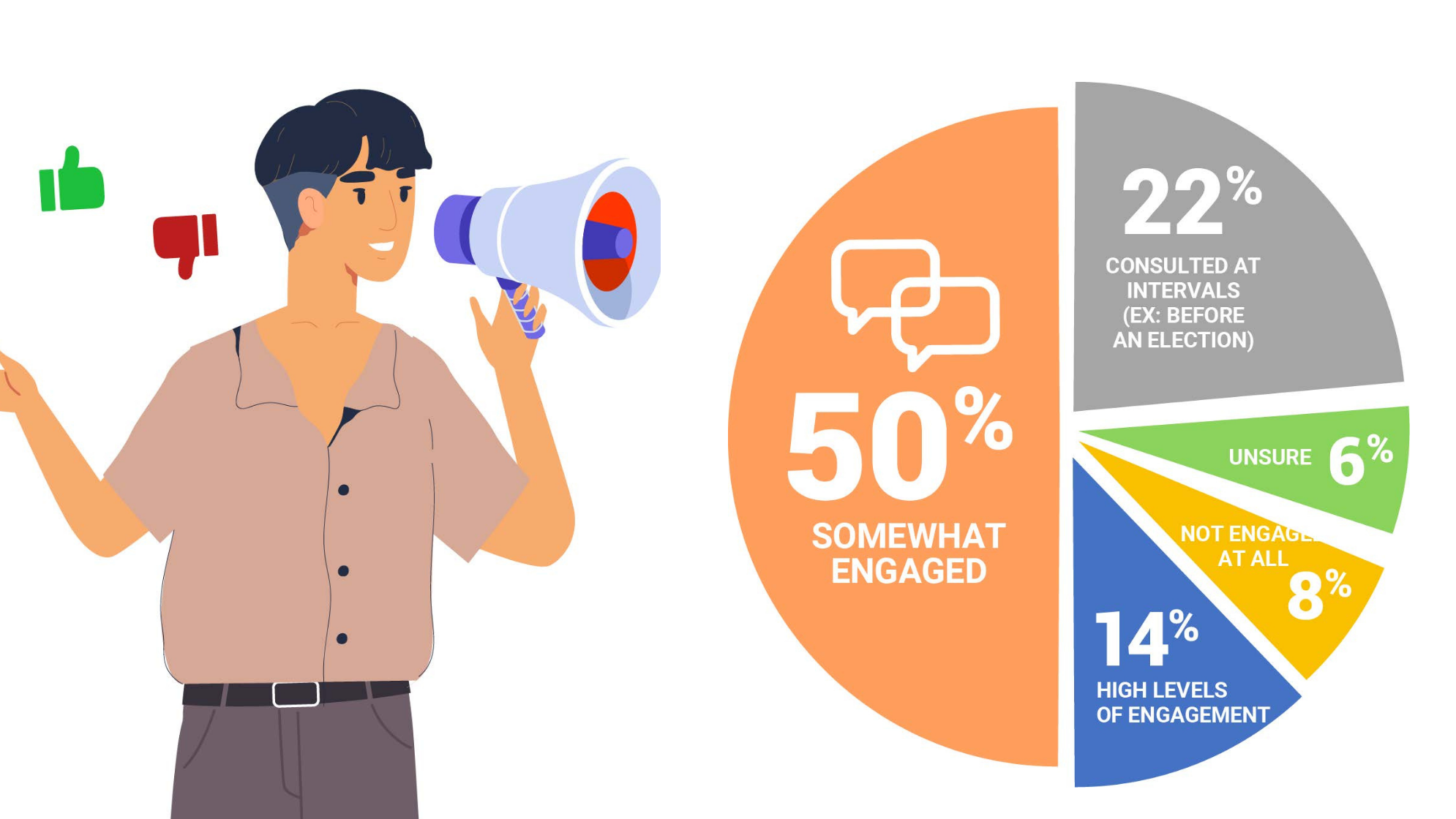
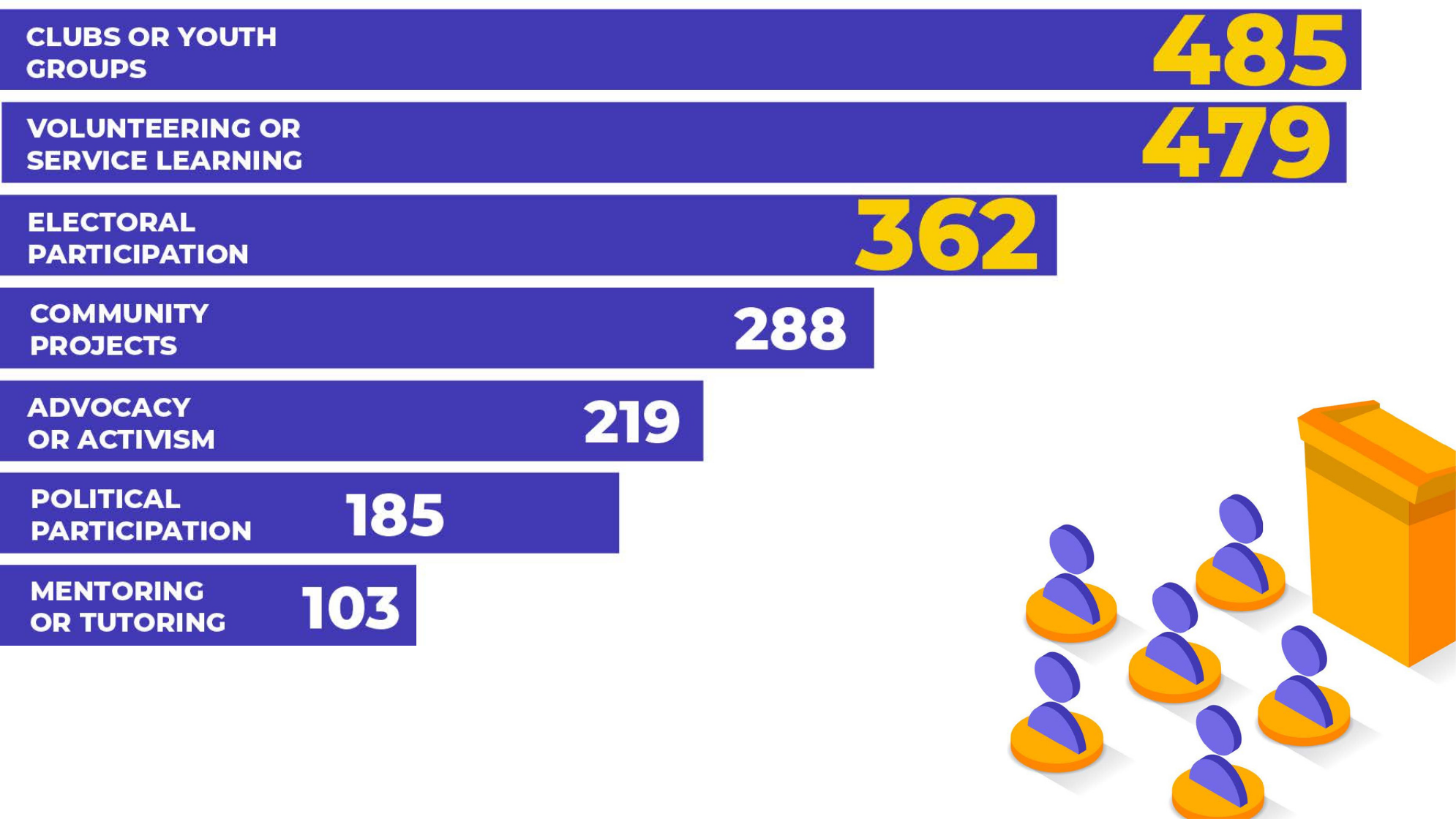
Note for Figure 8: N=858 respondents. Respondents were asked to choose the top three types of civic engagement that they observed young people participating in their country.
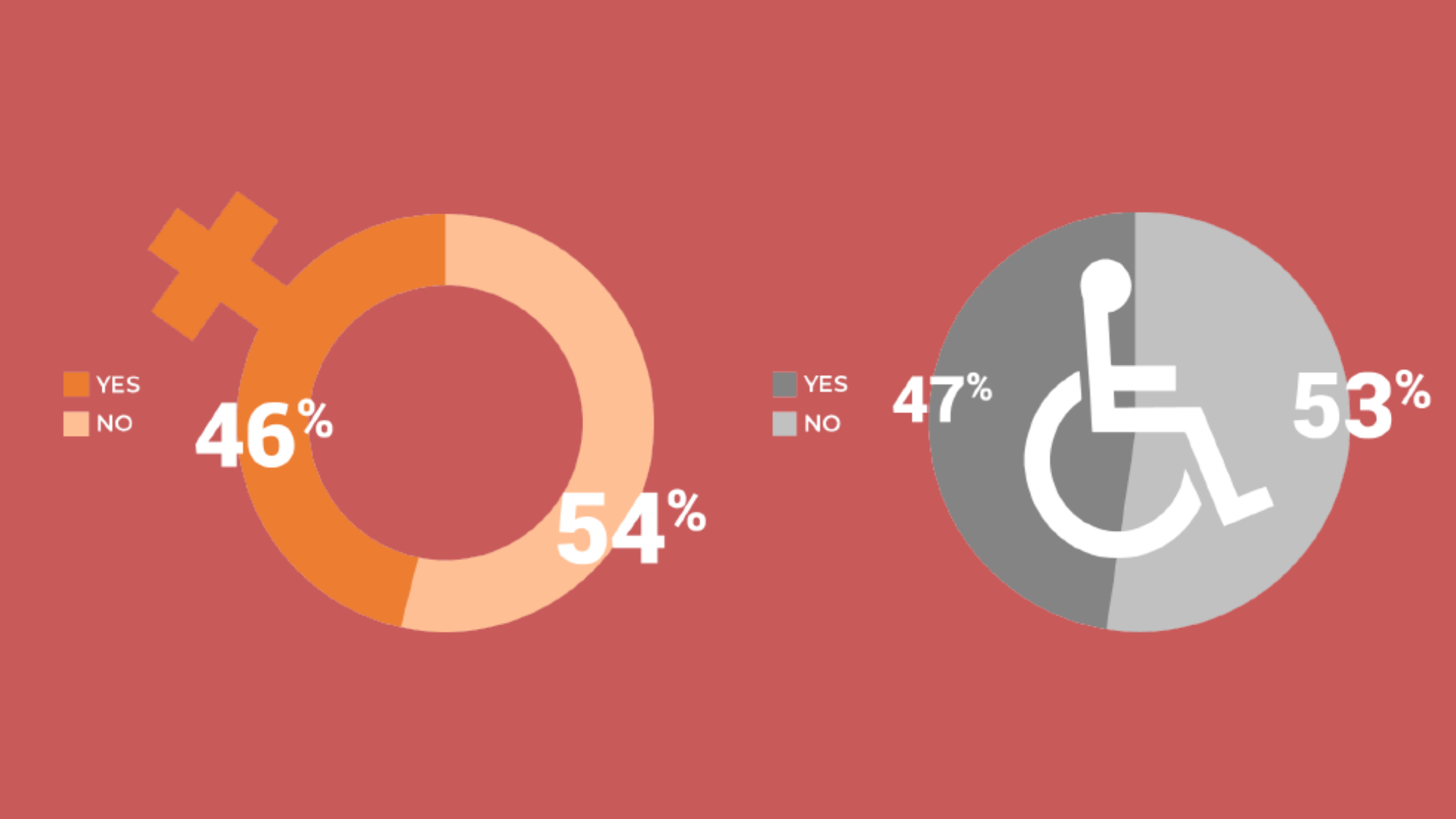
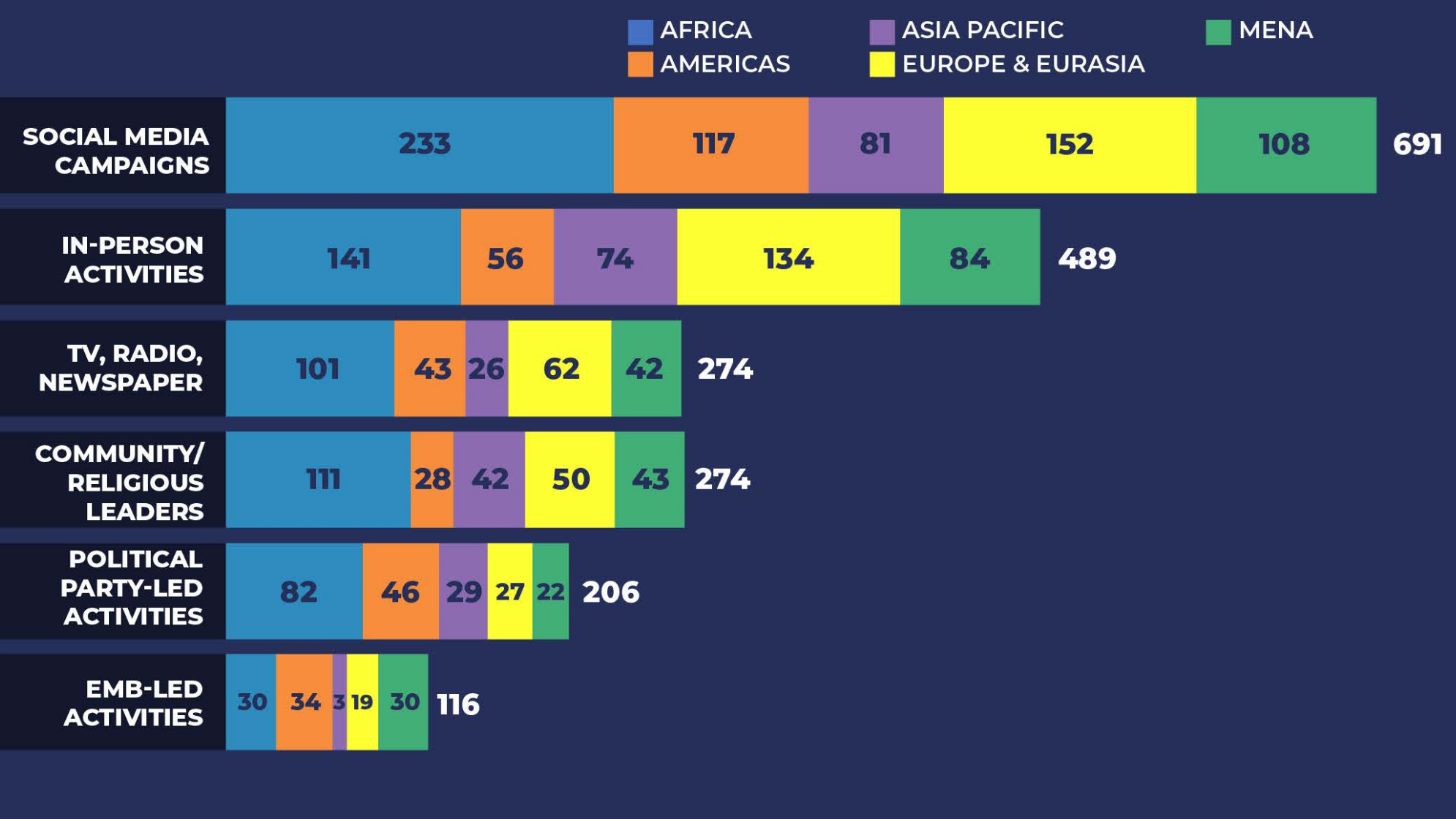
Figures 12-16


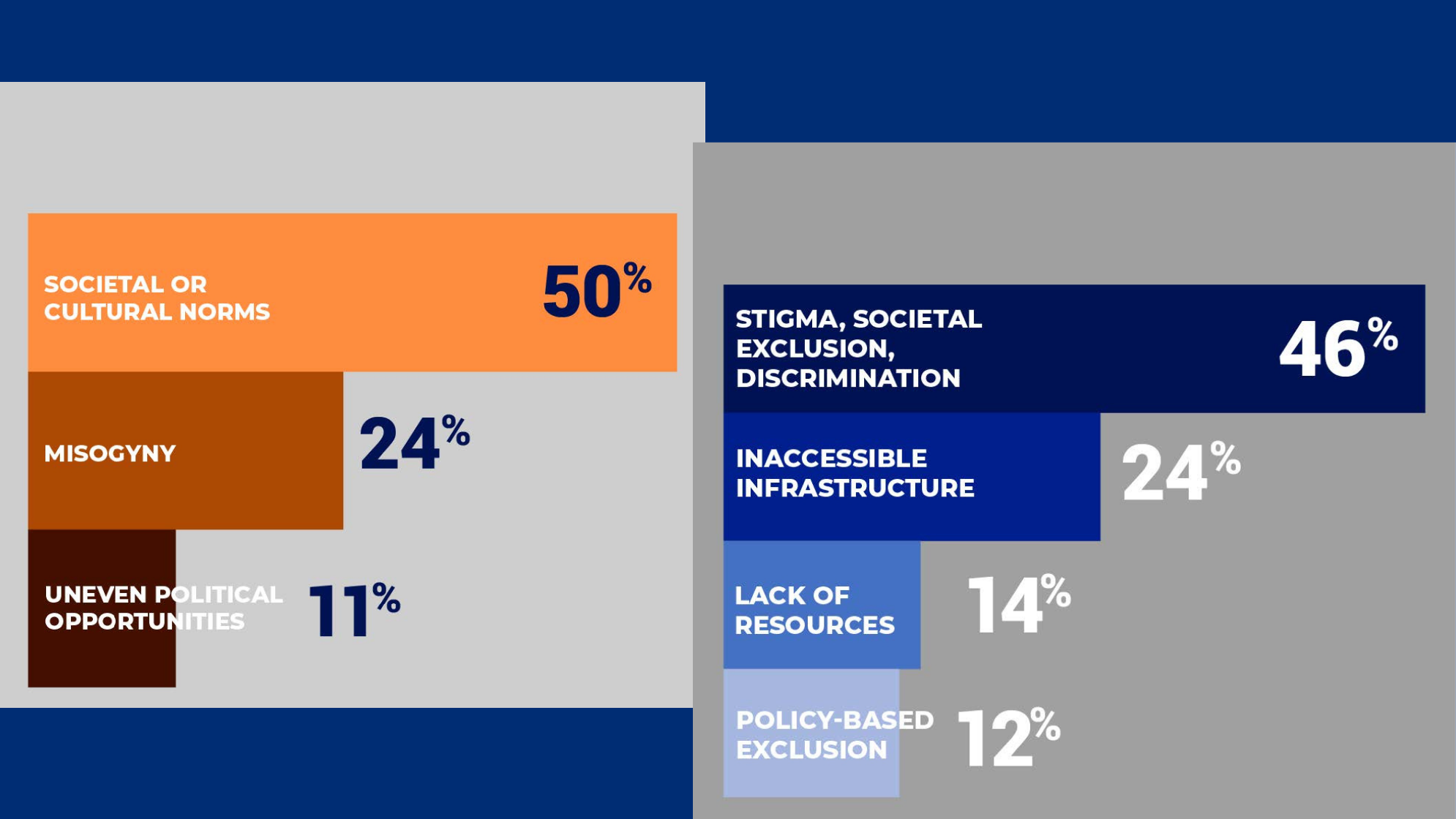
N= 322 Respondents Figure 15 Top Explanations for Why Young People with Disabilities Cannot Equally ParticipatebN= 362 Respondents
